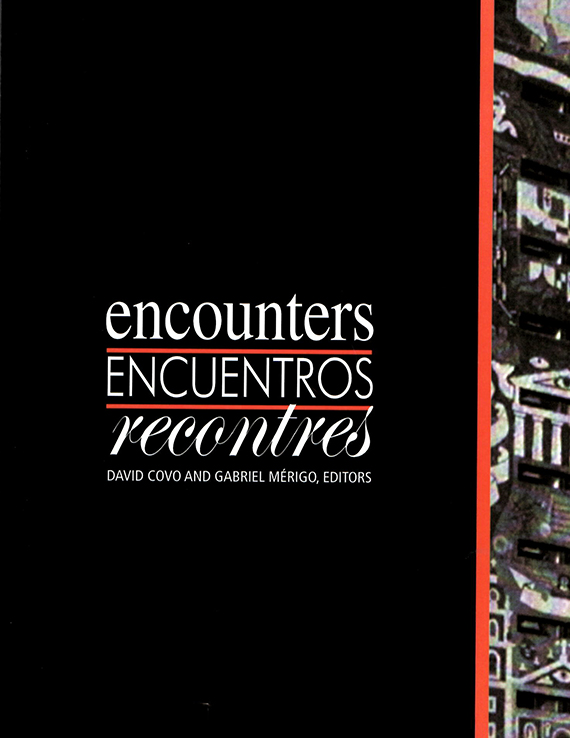Author(s): Rene Davids
The prevailing critical consensus on Brazilian Modernism holds that from 1929 through the1960s, an exotic regional variant of modernism flowered as theory emanating from centers of high culture in Europe was adapted to lush tropical landscapes. Leonardo Benevolo (1) (Benevolo, 1971) regards the Brazilian context as a new source of opportunity for Modern Movement theory after World War II, when architectural production in Brazil was no longer linked to European or American models and thus able to support experiments underway in the Old World and the New. Benevolo’s account is typical for its lack of interest in any reciprocal influence exerted by South American culture before or after the War, and for its assumption that modern architecture was influenced solely by other modern architecture. By examining the multiple and complex ways in which architectural ideas develop, this paper amplifies the theme of encounter between two worlds: the influence of dramatic New World topography and infrastructure on the work of Le Corbusier, arguably the Modern Movement’s most influential architect, whose purist formal vocabulary of white machine-like forms was infused with a more organic, lyrical expression after a tour of South America in the late 1920s; and the delayed impact of unbuilt urban proposals Le Corbusier developed during his first visit to Rio de Janeiro on a new generation of Brazilian architects 20 some years later.
Volume Editors
David Covo & Gabriel Mérigo Basurto
ISBN
0-935502-57-2

 Study Architecture
Study Architecture  ProPEL
ProPEL 
